From Palaces to Parlors: The Journey of Antique Armchairs
Antique Armchairs: Craftsmanship, History & Elegance
The antique armchairs offered by Nicholas Wells Antiques are exceptional exemplars of historical craftsmanship, showcasing the evolution of international furniture design from the 18th and 19th centuries. Each piece reflects the meticulous artistry of renowned cabinetmakers, with hand-carved details, balanced proportions, and refined elegance.
Historical Significance
-
Throne Chairs of Grandeur: Notable examples include a 19th-century giltwood throne chair after William Kent, a testament to the opulence and classical influence of the period.
-
Chairs of Provenance: The Baltic armchair, seized during the Crimean War, carries deep historical resonance, connecting furniture design to pivotal European events.
The Influence of Asian Art
The collection highlights cultural exchange with a pair of Chinese Qing Dynasty Huang Huali armchairs. Crafted from prized hardwoods and adorned with intricate carvings, these chairs reflect the dialogue between East and West, which enriched European decorative arts.
French Elegance
French refinement shines through pieces like:
-
Louis XV Transitional Fauteuils, stamped by Nicolas Courtois, illustrating the stylistic shift between Régence and Louis XVI design.
-
Bergères à la Reine, larger and more comfortable salon armchairs, beloved in 18th-century French interiors.
English Refinement
From Britain come designs of robust elegance, including:
-
A George I walnut open armchair, demonstrating early Georgian strength and poise.
-
An early 18th-century walnut pad-foot wing chair, showcasing comfort and sophistication in domestic design.
Versatile Designs
Armchairs were not only practical but also status symbols. The collection includes:
-
Ebonised Anglo-Indian high-back armchairs, reflecting colonial influences.
-
Regency parcel-gilt armchairs, blending gilded detail with restrained classical form.
Conclusion
The armchairs curated by Nicholas Wells Antiques are more than high-quality antique furniture—they are historical artefacts. Each piece tells a story of design evolution, cultural exchange, and the timeless pursuit of beauty, inviting collectors and connoisseurs to own a tangible fragment of history.
FAQ: Antique Armchairs
What defines an antique armchair?
An armchair over 100 years old, often handcrafted, with distinctive regional or stylistic features that reflect its time of origin.
Which styles of antique armchairs are most collectible?
Highly sought-after examples include Louis XV and Louis XVI fauteuils, Regency armchairs, Chippendale wing chairs, and rare colonial or Asian-influenced designs.
Are antique armchairs suitable for modern interiors?
Yes. Their timeless craftsmanship and character make them striking focal points in both traditional and contemporary settings.
What woods are most commonly used in antique armchairs?
Mahogany, walnut, oak, and exotic hardwoods like huanghuali were commonly used, each prized for strength and beauty.
How do I care for an antique armchair?
Avoid direct sunlight and heat, dust regularly with a soft cloth, and use appropriate upholstery care methods. Seek specialist restoration for structural or fabric repairs.
Why do some antique armchairs carry stamps or marks?
Many French and English makers stamped their work, which aids provenance and increases collectability and value.
Keywords: antique armchairs, French fauteuils, English wing chairs, Louis XV armchair, Georgian armchair, antique throne chair, Nicholas Wells Antiques




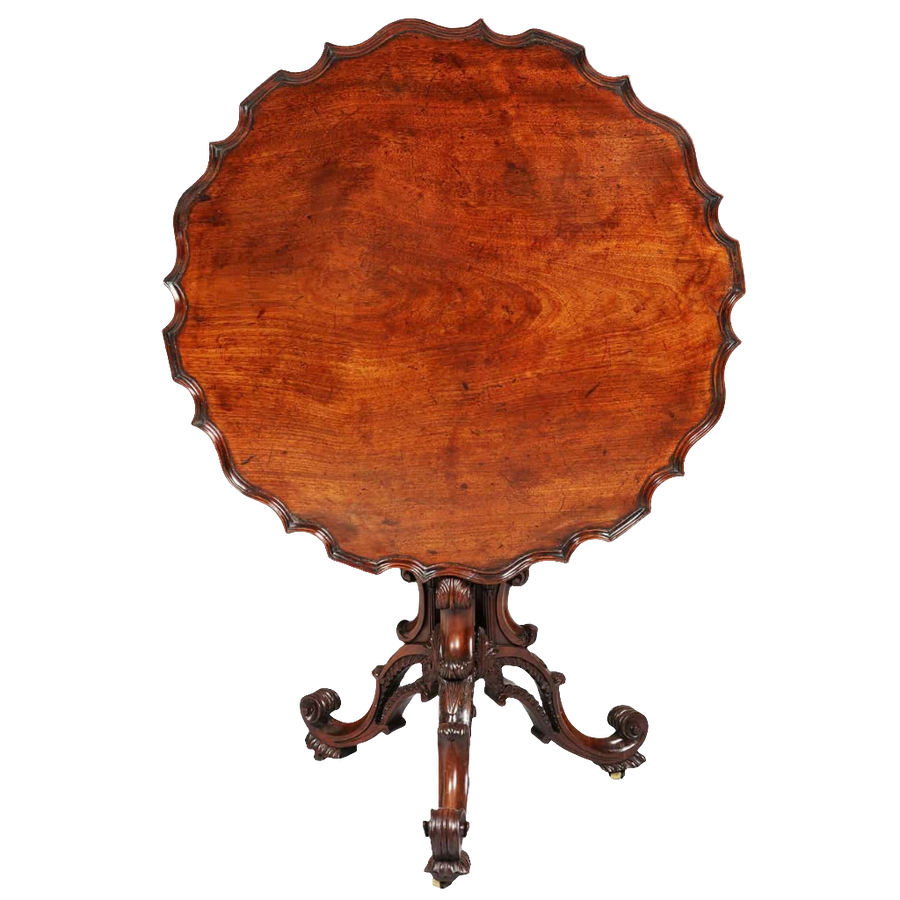
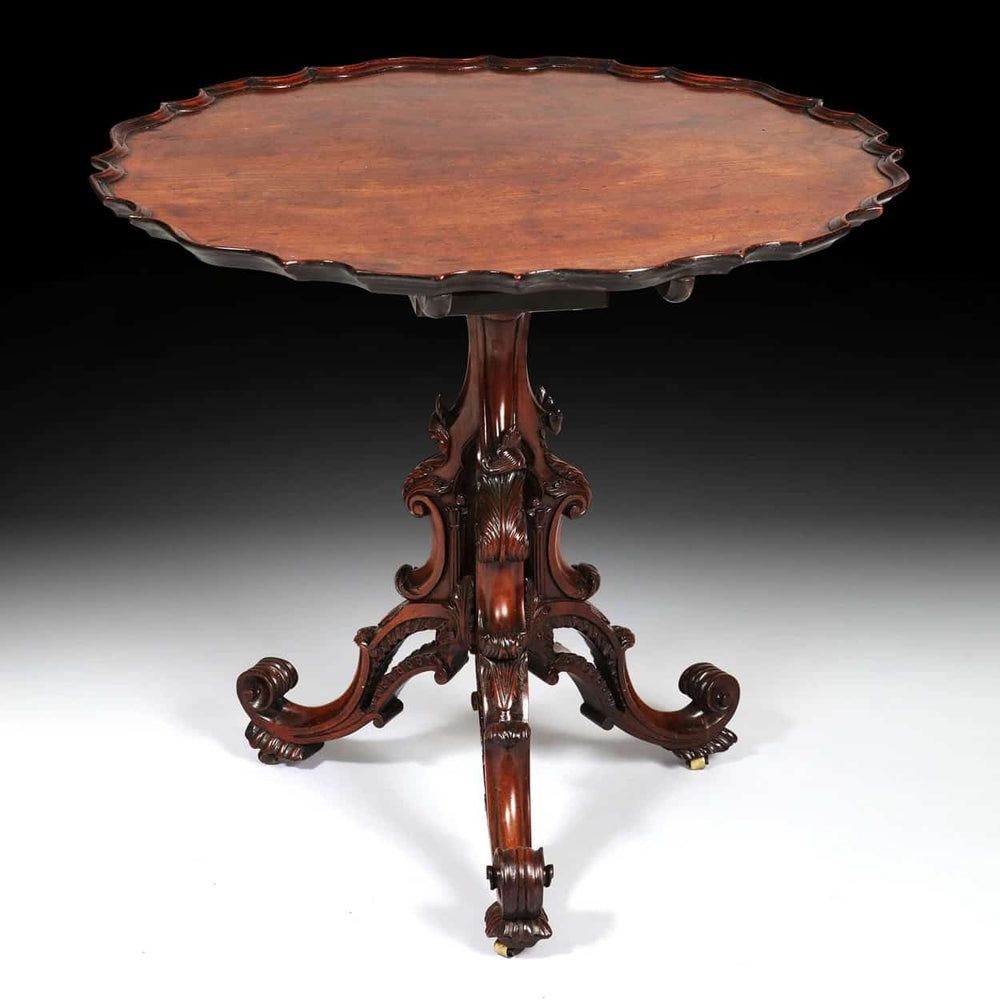
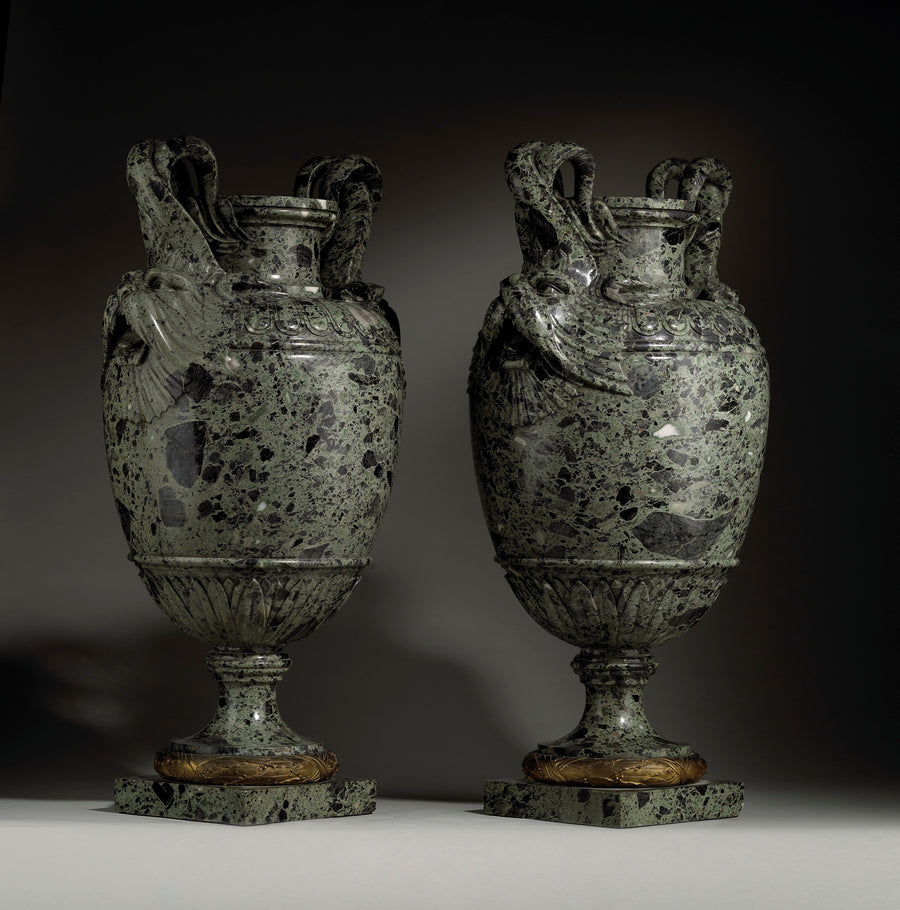
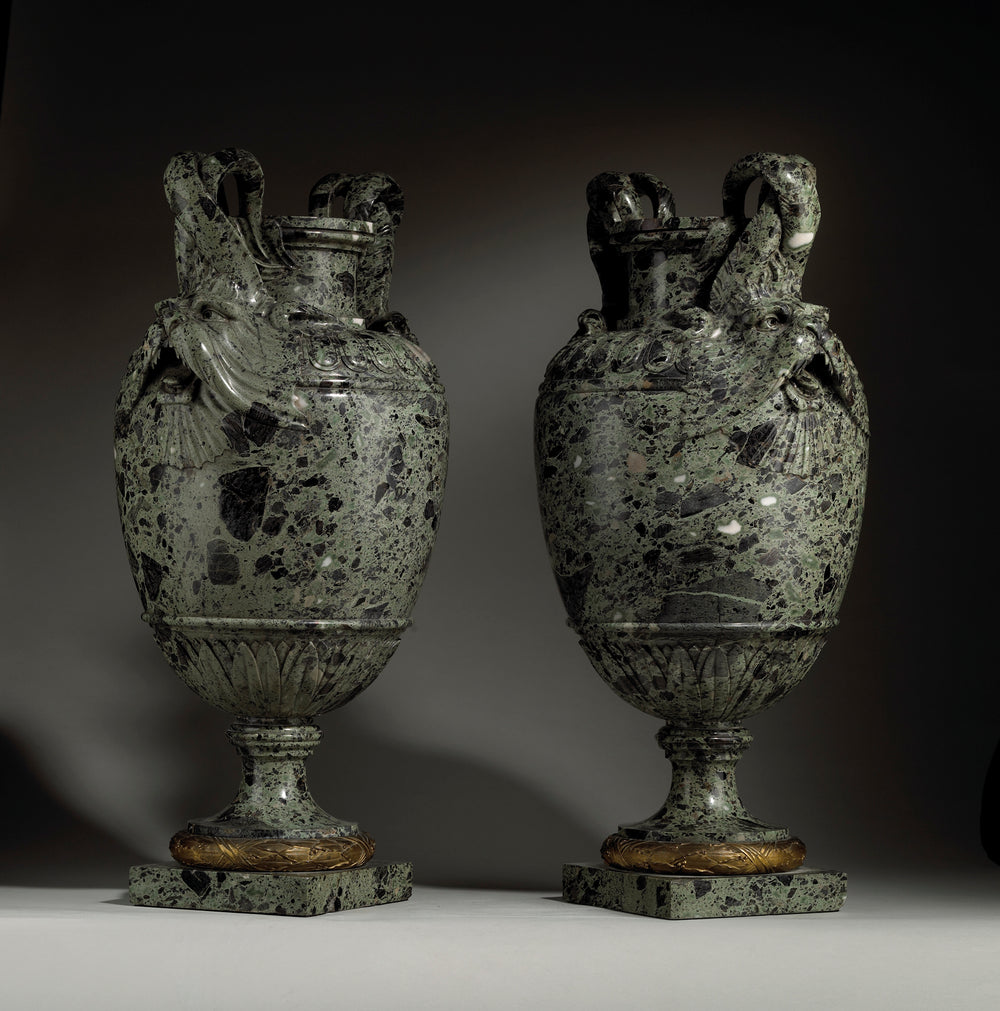
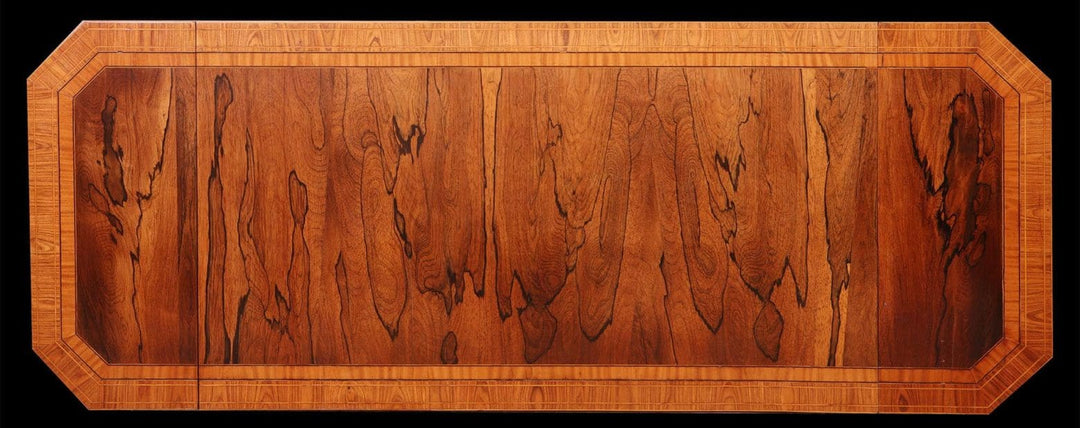


Leave a comment